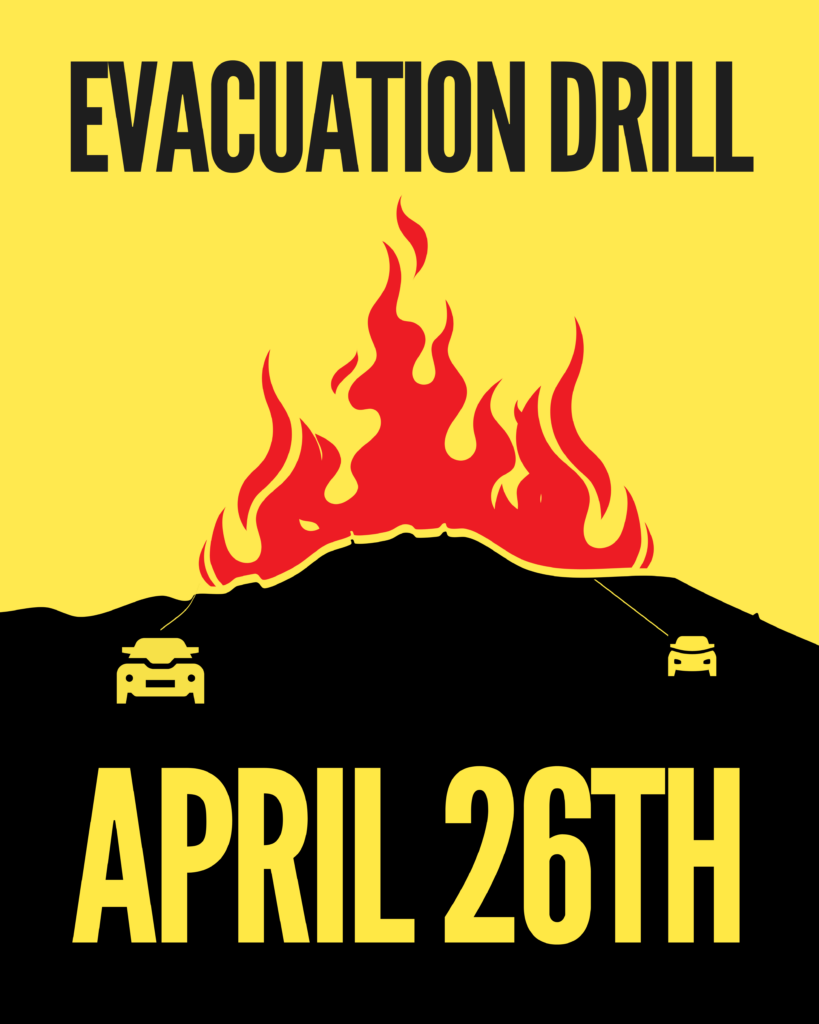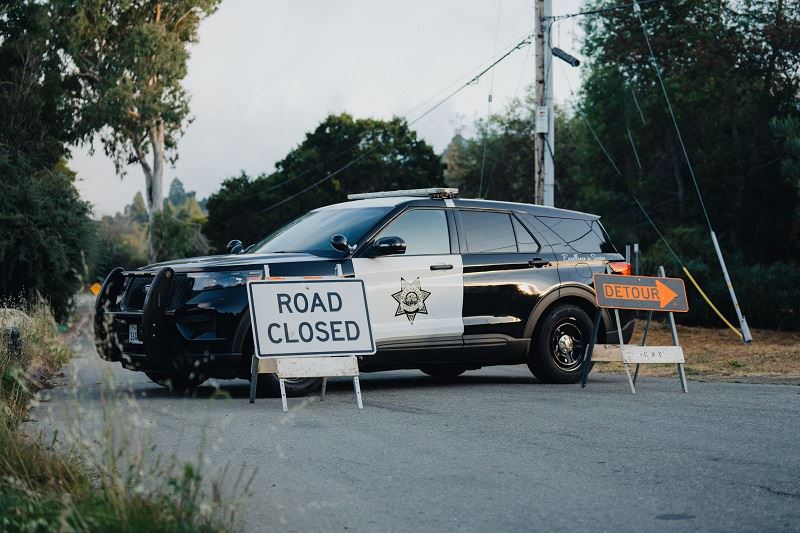
Whether it’s politics or government, there’s no sin in stealing good ideas. It’s the best way to go, as others have already developed the concept through trial and error. This rule has a direct application to the inevitability of emergency evacuation.
Marin is doing a good job of preparing to prevent and mitigate the danger of wildland fire.
As was shown in Pacific Palisades, Altadena and other Los Angeles neighborhoods, regardless of pre-disaster efforts, it’s essential to plan for evacuations in the worst-case scenario.
Rule one is to leave for a safe location immediately after the first alarm sounds. There’s no dawdling if you, your family and pets are to survive. As soon as evacuation orders are given, leave for a safe location.
Your destination can be a sports field, school yard, the beach or anywhere far from flammable foliage.
Never forget that a major earthquake can spawn an out-of-control urban or wildland fire. Think of San Francisco at 5:06 a.m. on April 18, 1906. Keep in mind the old saying, “those who hesitate are lost.”
Mill Valley, in cooperation with the Southern Marin Fire Prevention District, has taken steps that every disaster-wise Marin community should pursue. After leaving office, former Mill Valley Mayor John McCauley remained committed to pursuing emergency evacuation strategies. He contacted Google Research, arranging for the tech giant to prepare at no cost a computer model of “evacuation scenarios for more than 11,000 households in greater Mill Valley west of Highway 101.”The southern Marin city already had a top-flight solar-powered siren system that’s enhanced by LRAD (long-range acoustical device) engineering.
As Marin’s Wildfire Prevention Authority reports, LRAD “projects both siren and voice recordings to alert and inform community members during a large-scale disaster.” Where to flee and the exact route to safety depends on wind conditions on the day of the event.Google Research ran “a microscopic traffic simulator to examine various evacuation scenarios.”
The report highlighted the importance of fleeing in only one vehicle per household. This tactic significantly diminished the time needed to quickly evacuate those fleeing to safety.A striking feature of the research was that disabling traffic lights significantly decreased traffic time. Those in other communities should check out Google Research’s “Improving Traffic Evacuations: A Case Study” online at bit.ly/4hIhzj1.
In 2023, after Google’s computer modeling was published, Mill Valley conducted a pre-announced, real-time mass evacuation. Another evacuation drill is now scheduled for the morning of April 26. Everyone in town is urged to participate once the sirens and LRAD sound.This exercise will enable residents to familiarize themselves with how to act when it’s time to flee. It will also alert public safety teams of inevitable flaws in existing plans so they can be corrected.



We live in Northridge. We assume we should NOT participate in the drill on Saturday due to our location on the edge of MV city limits. Depending on where a fire had developed, we’d either head north on Camino Alto (just down the hill from us) or head down Camino Alto and join those headed out East Blithedale.
I would love to have a response as there is some disagreement within our family as to whether to participate in the drill tomorrow or not. I think we’d just add to the line of people trying to evacuate downtown and hillside Mill Valley